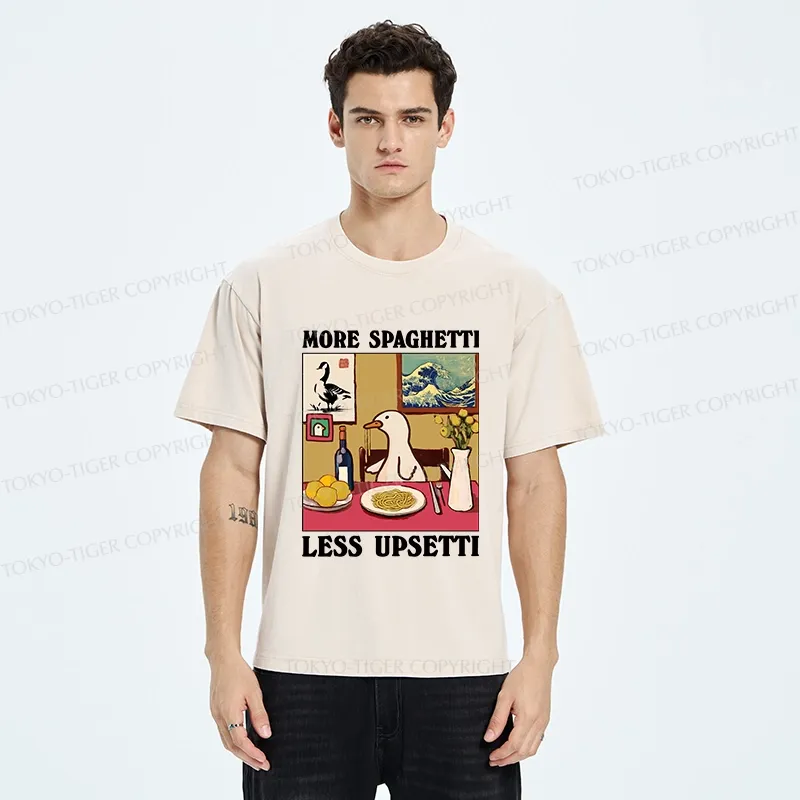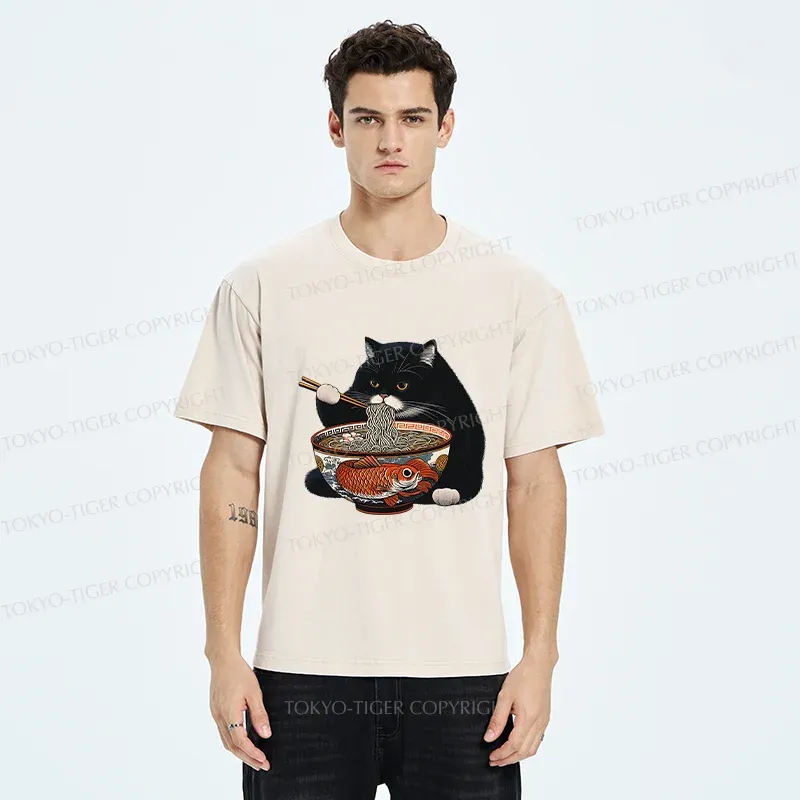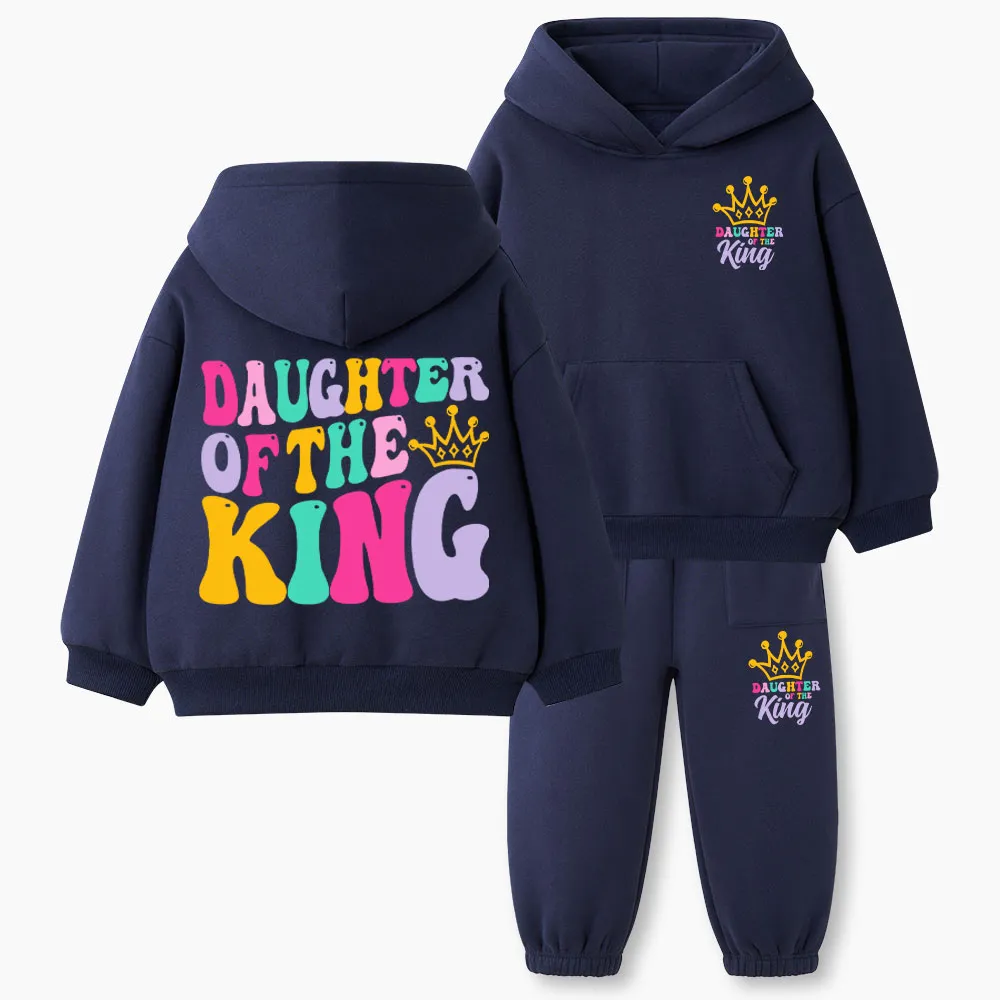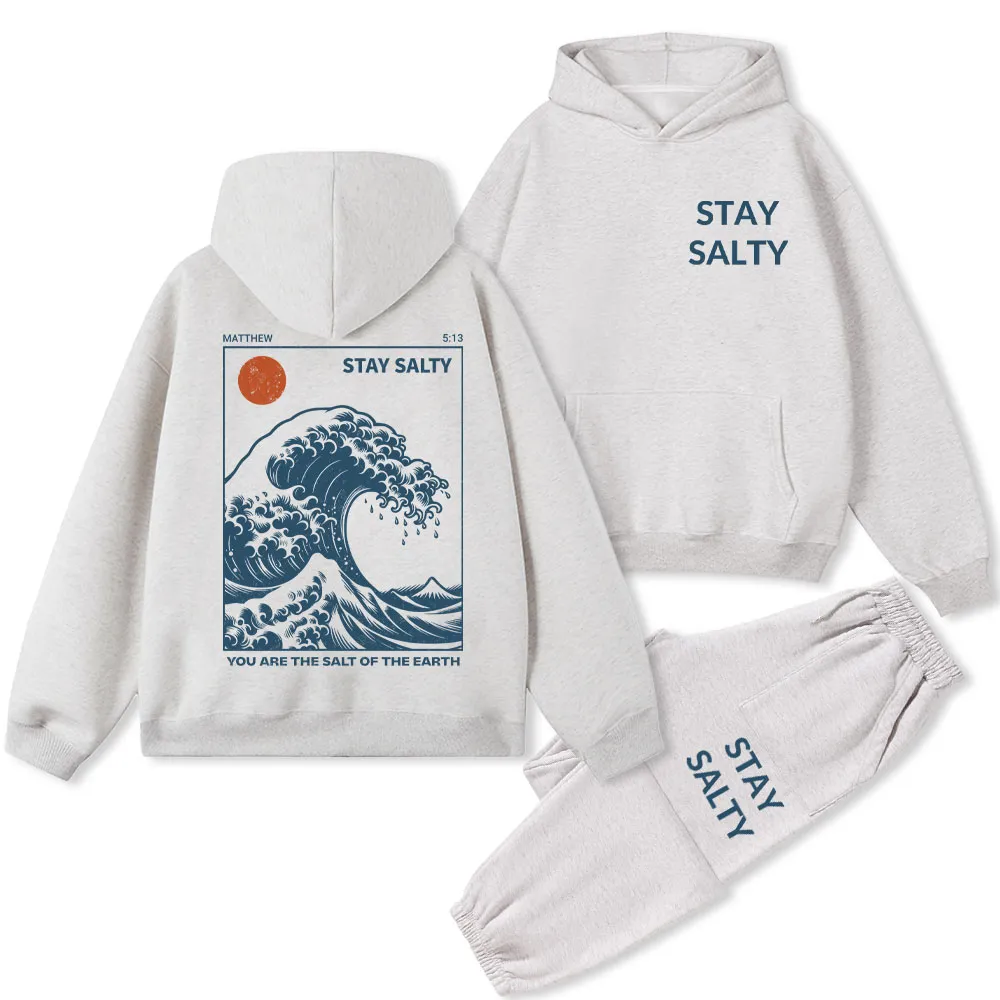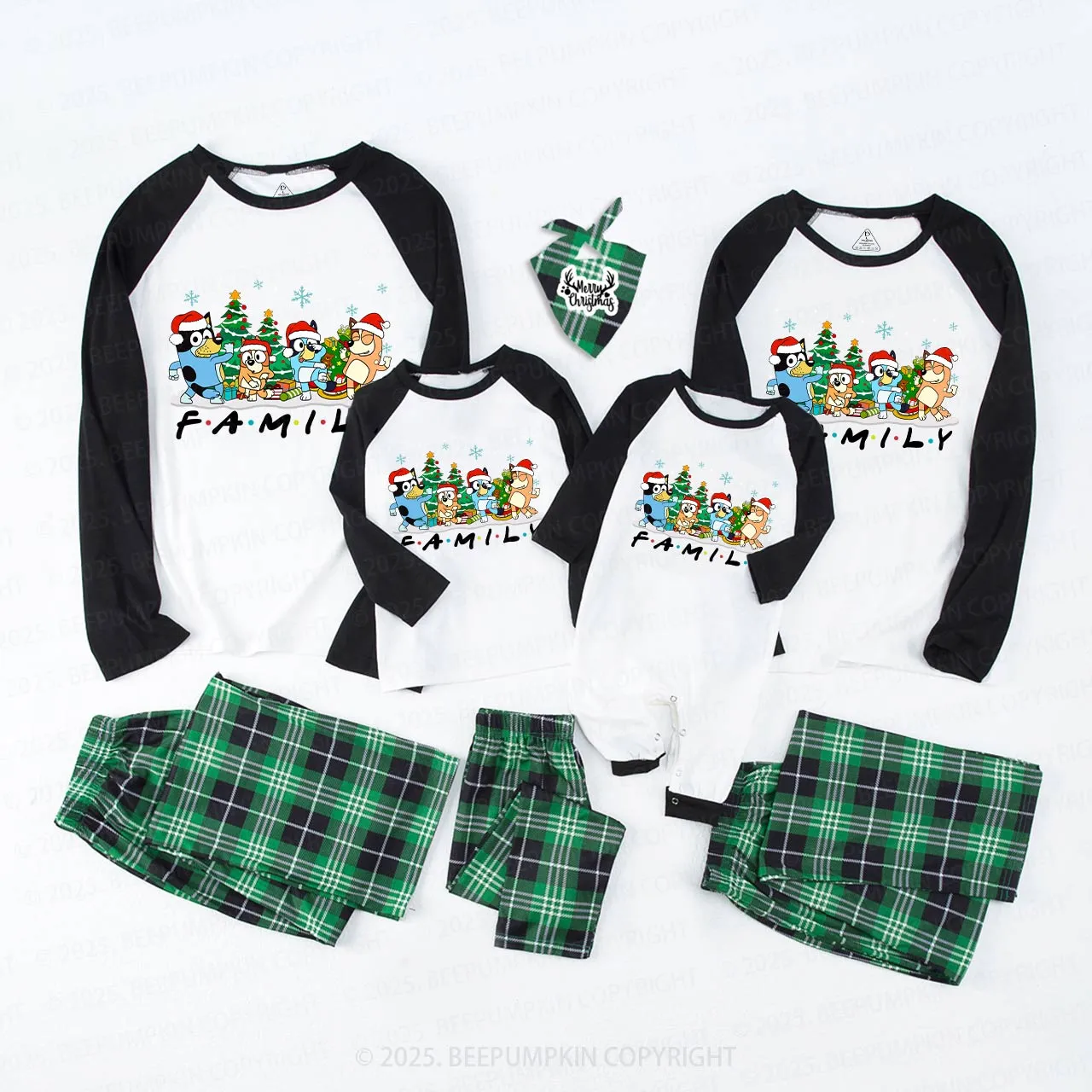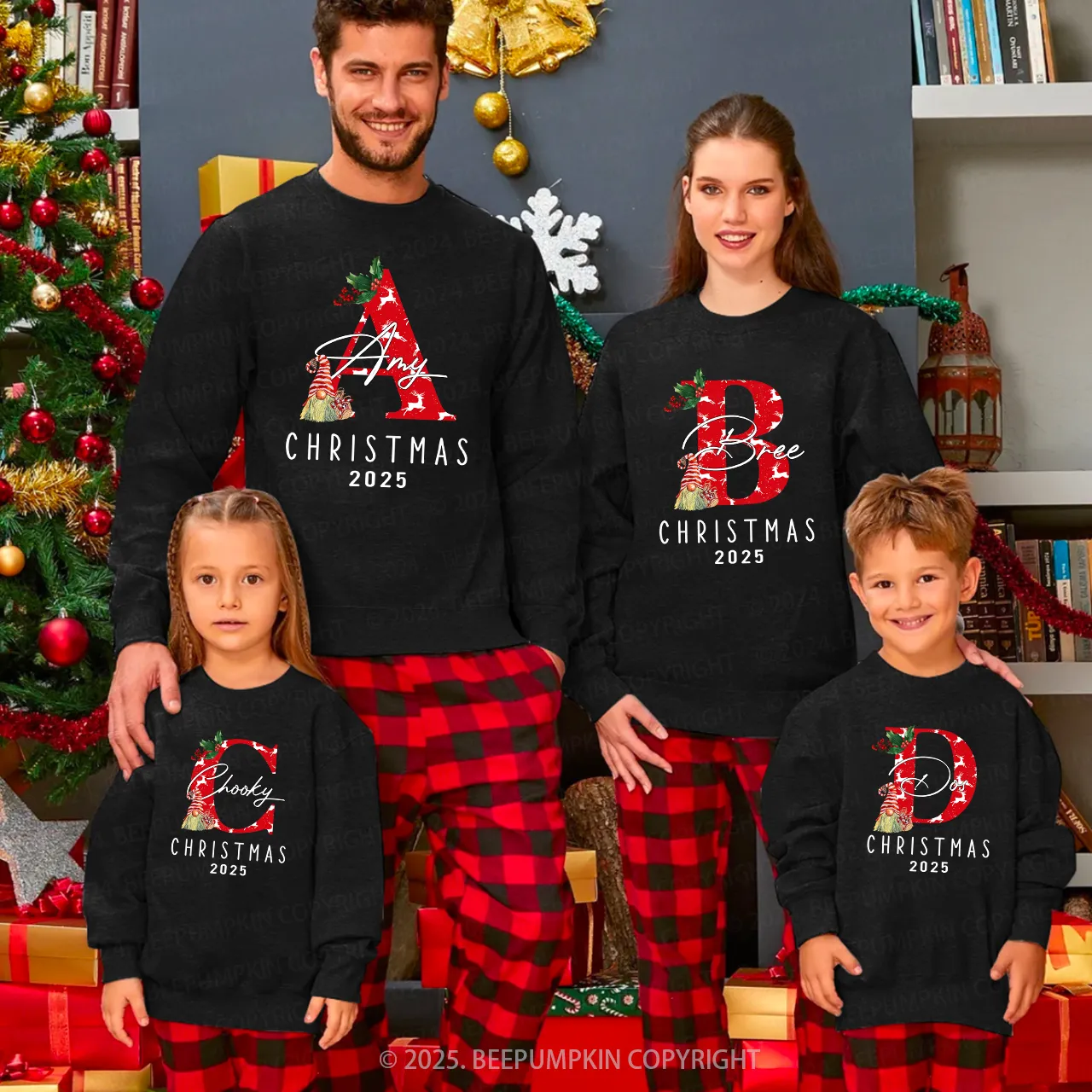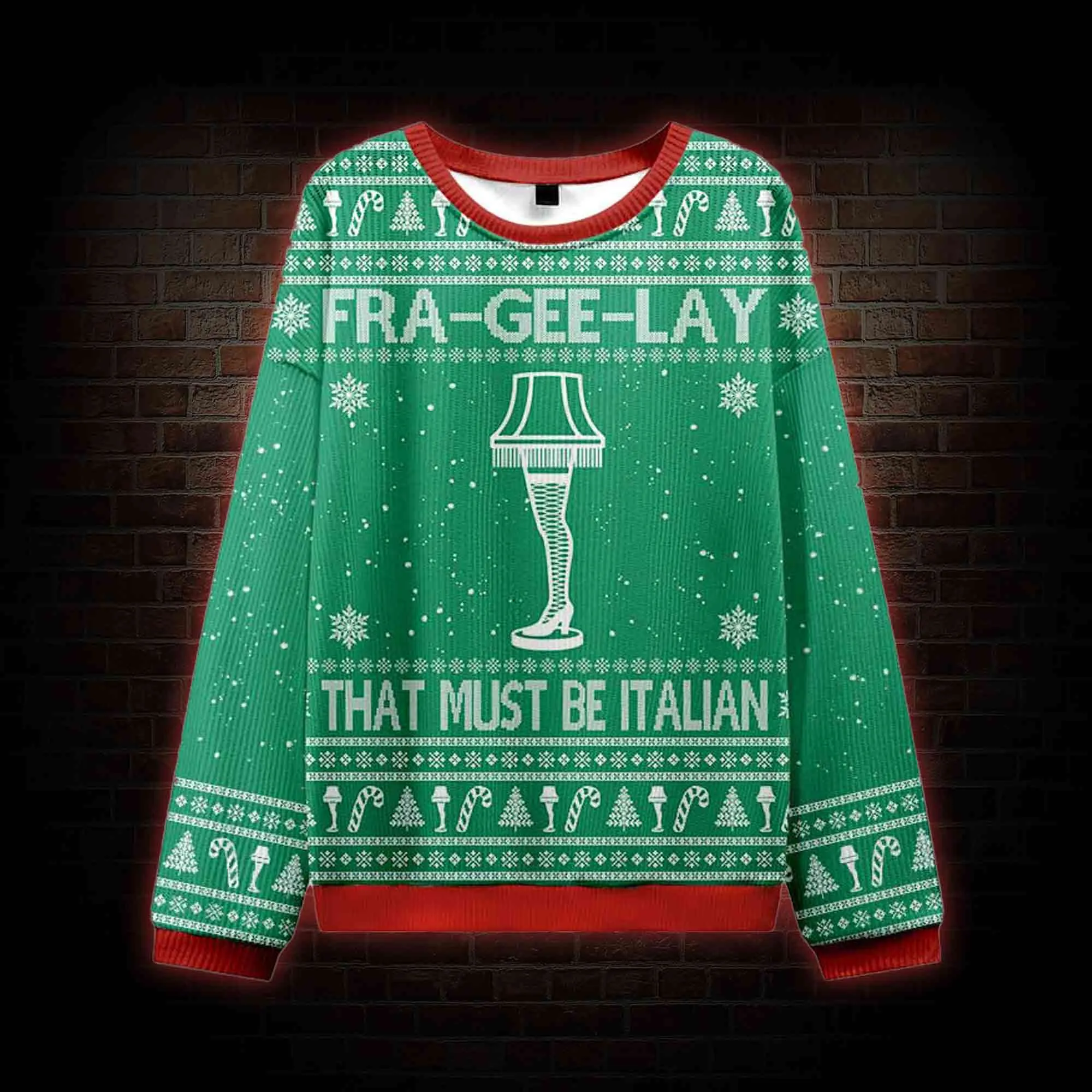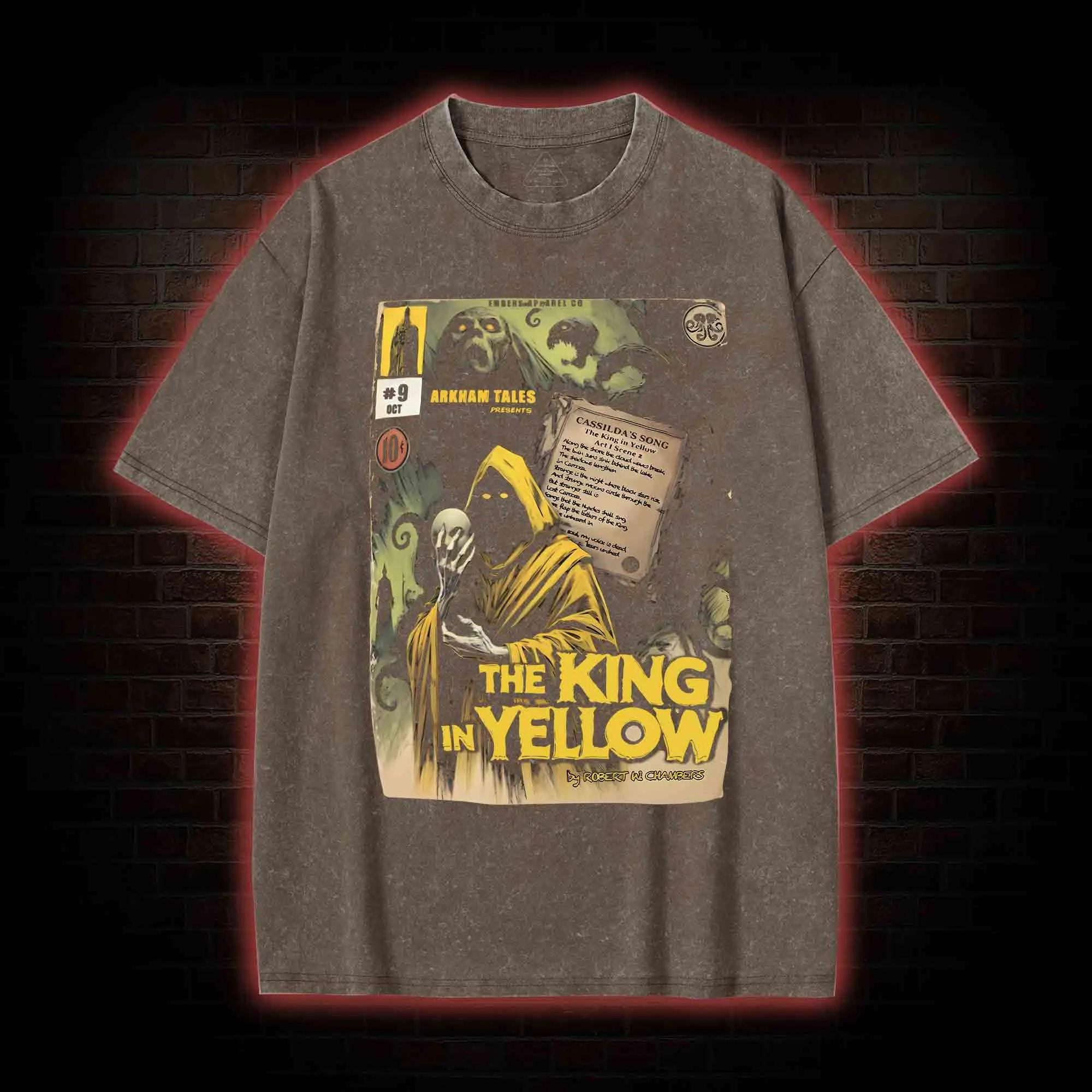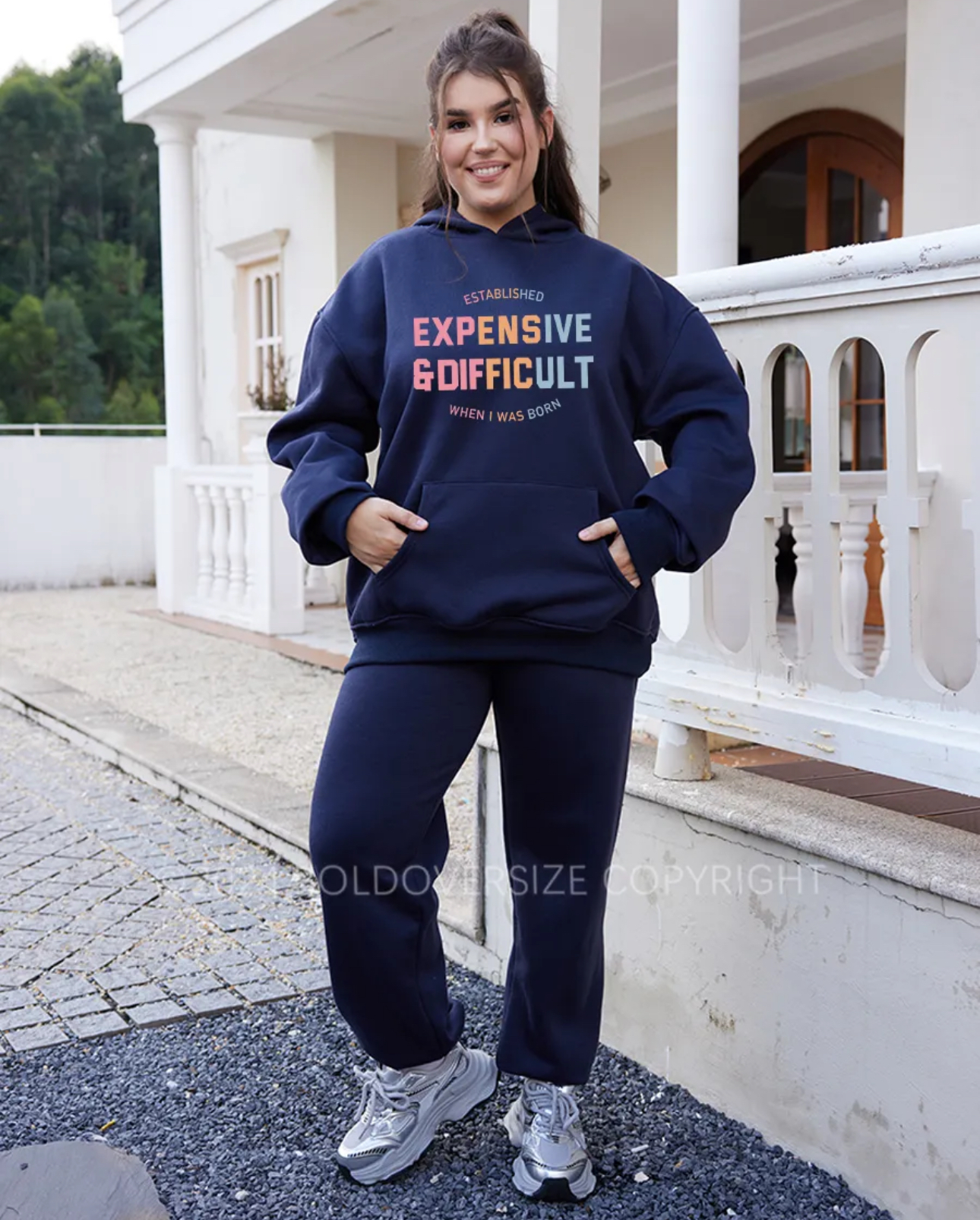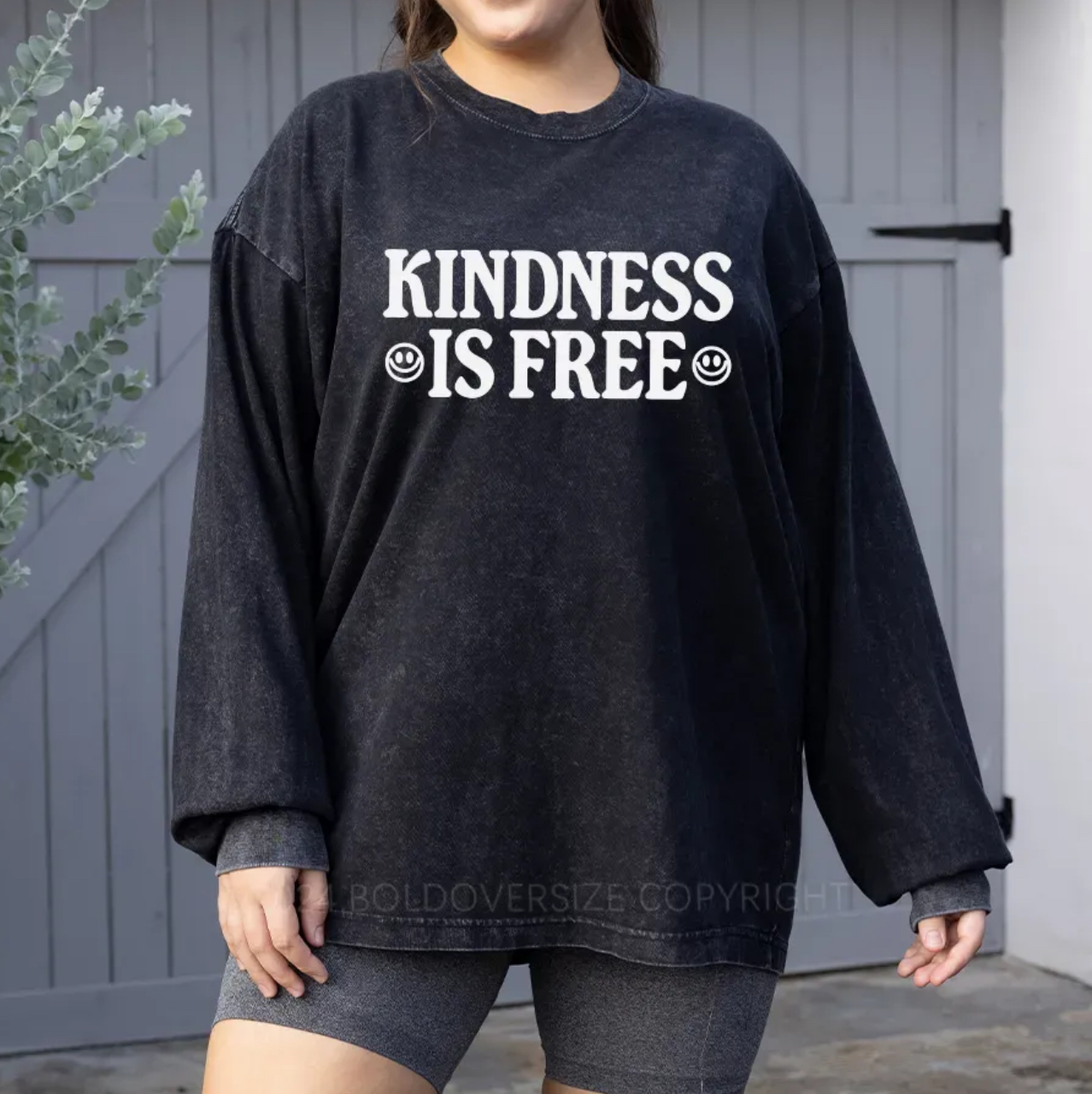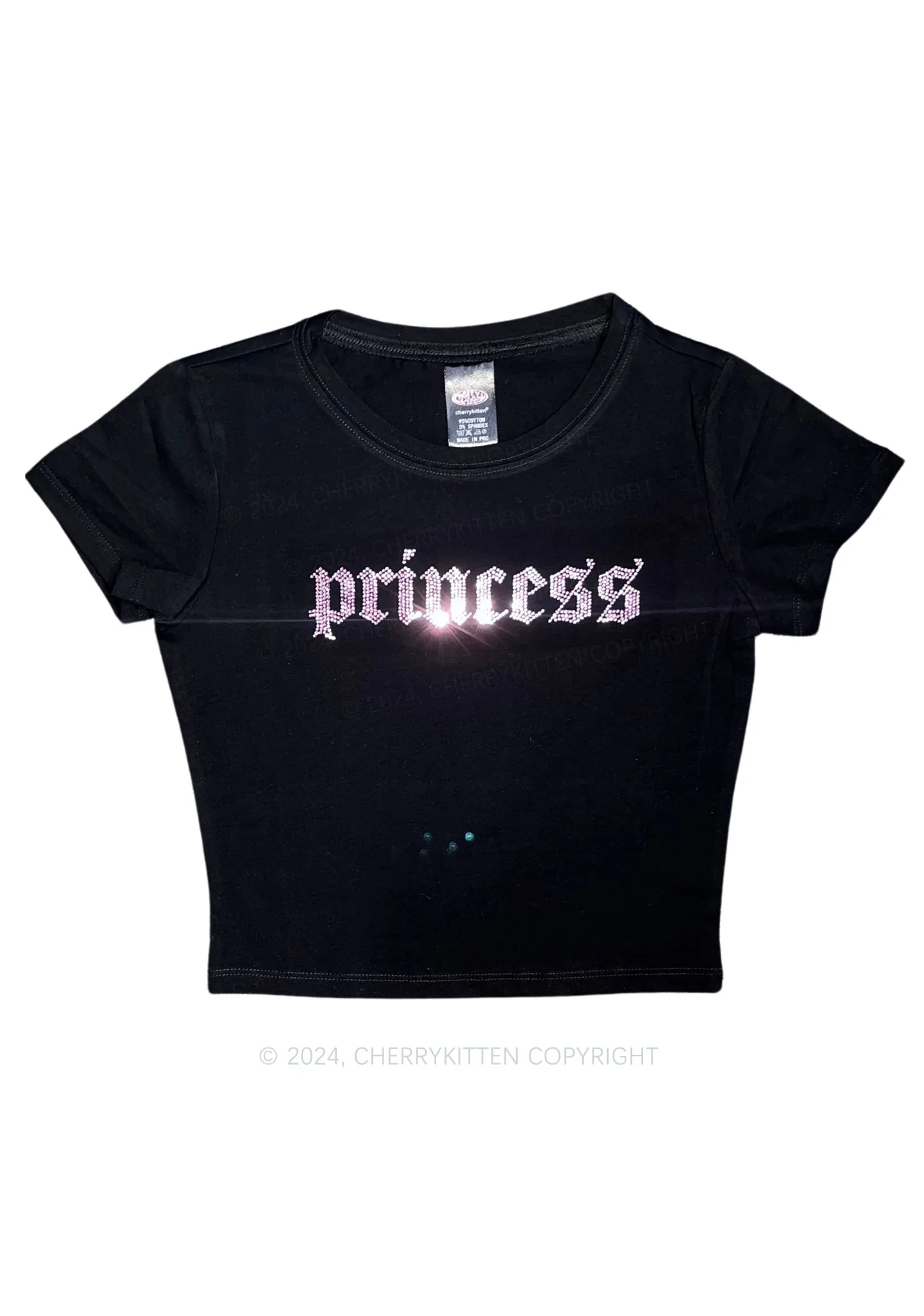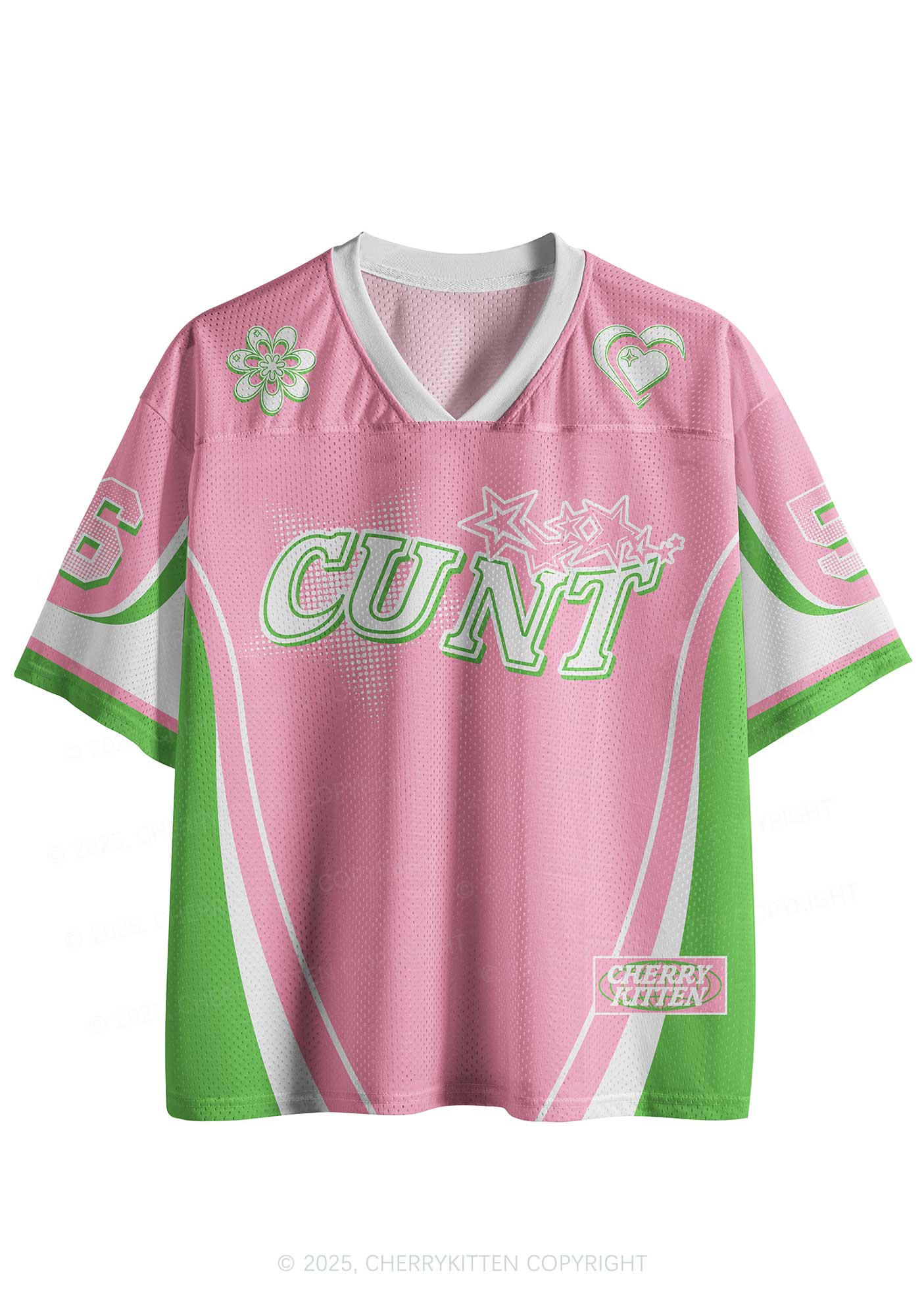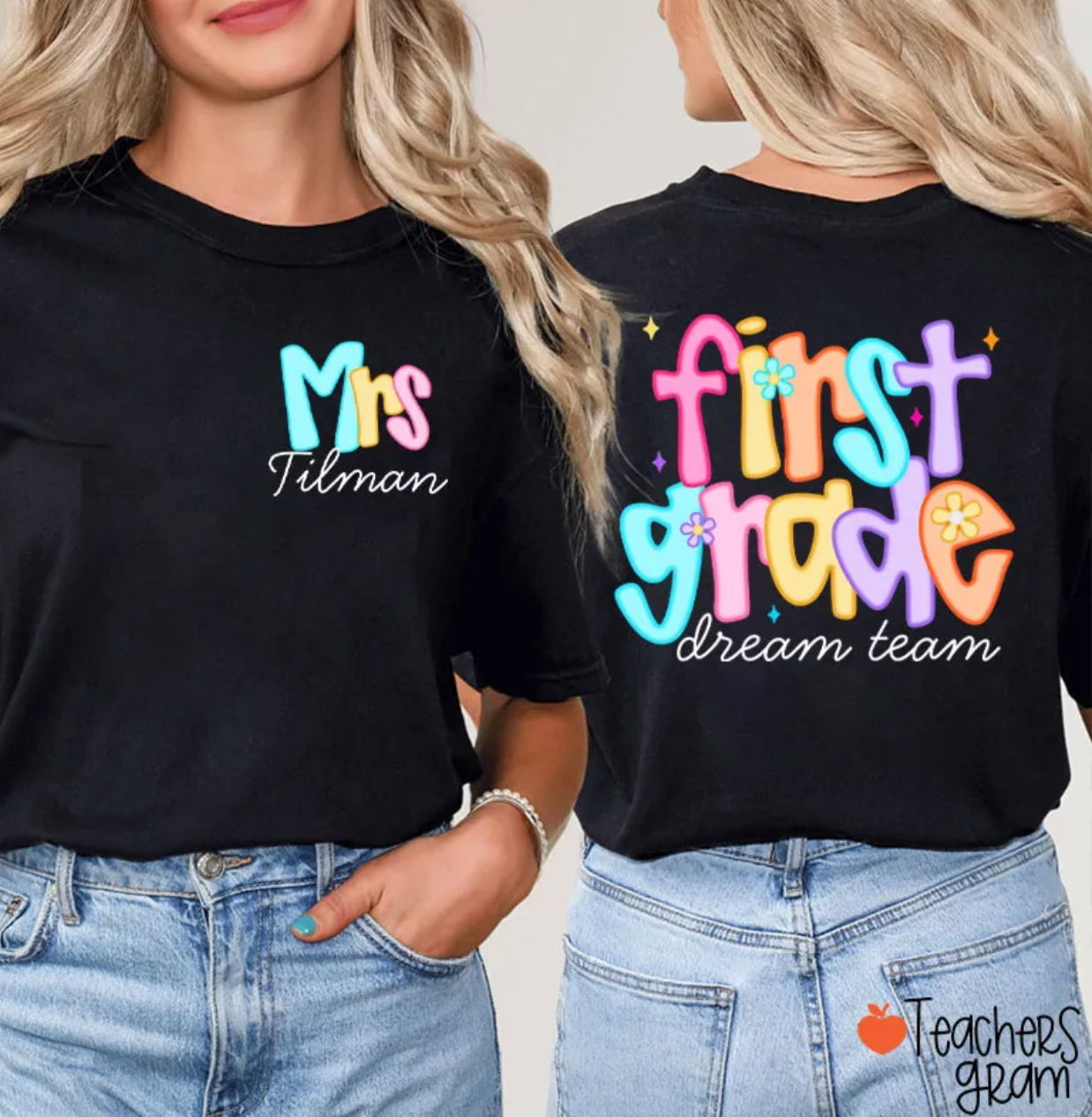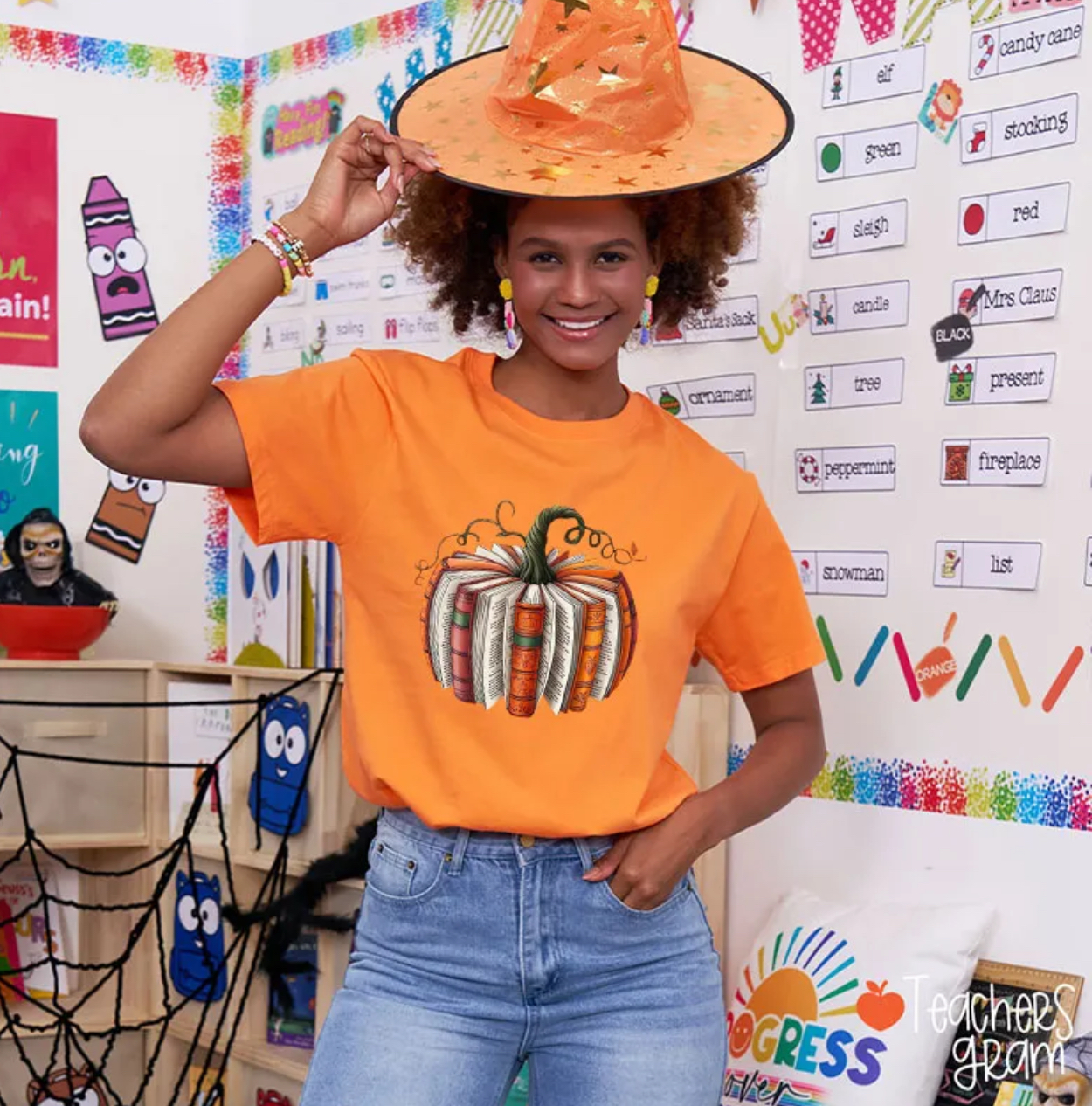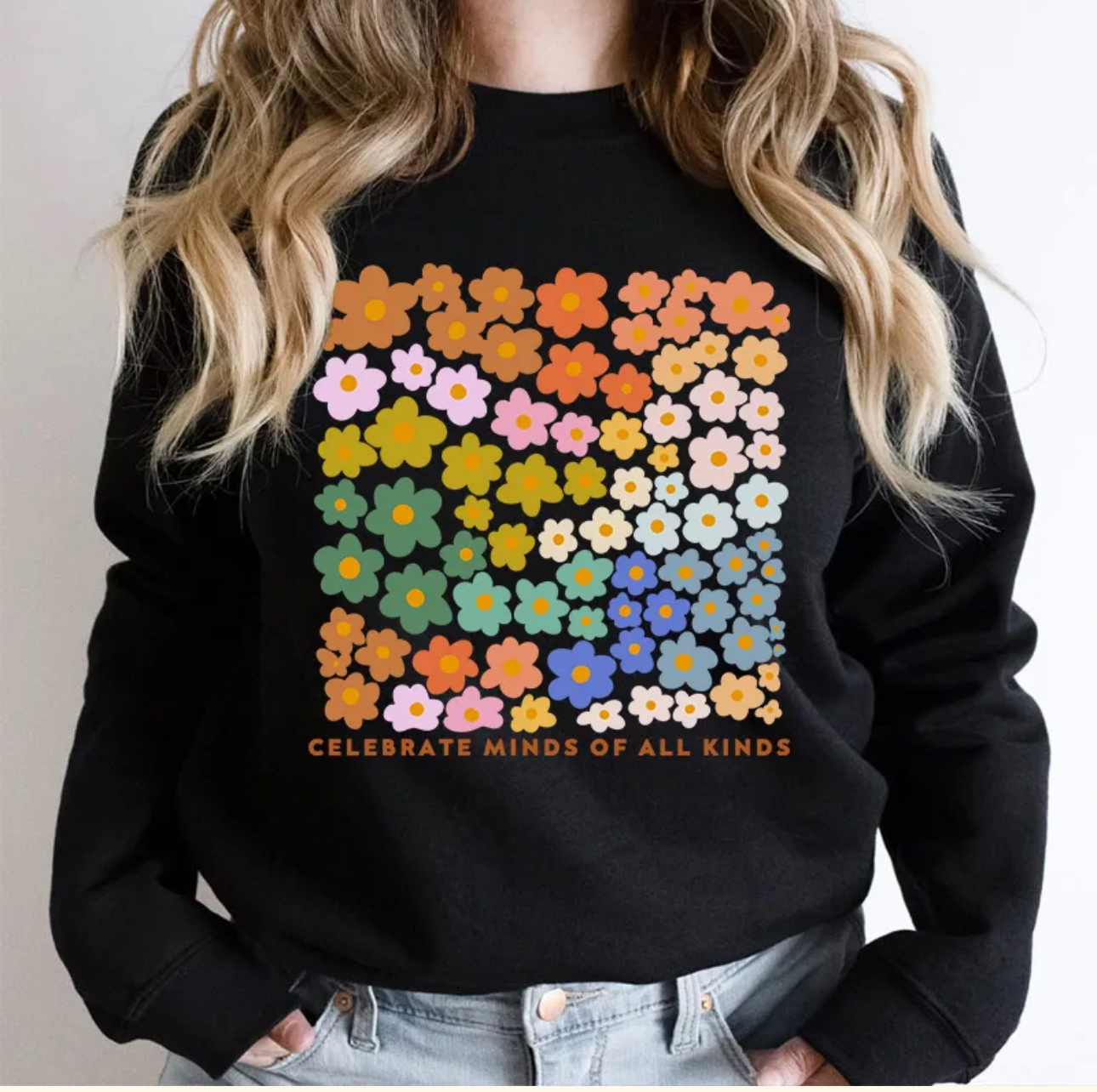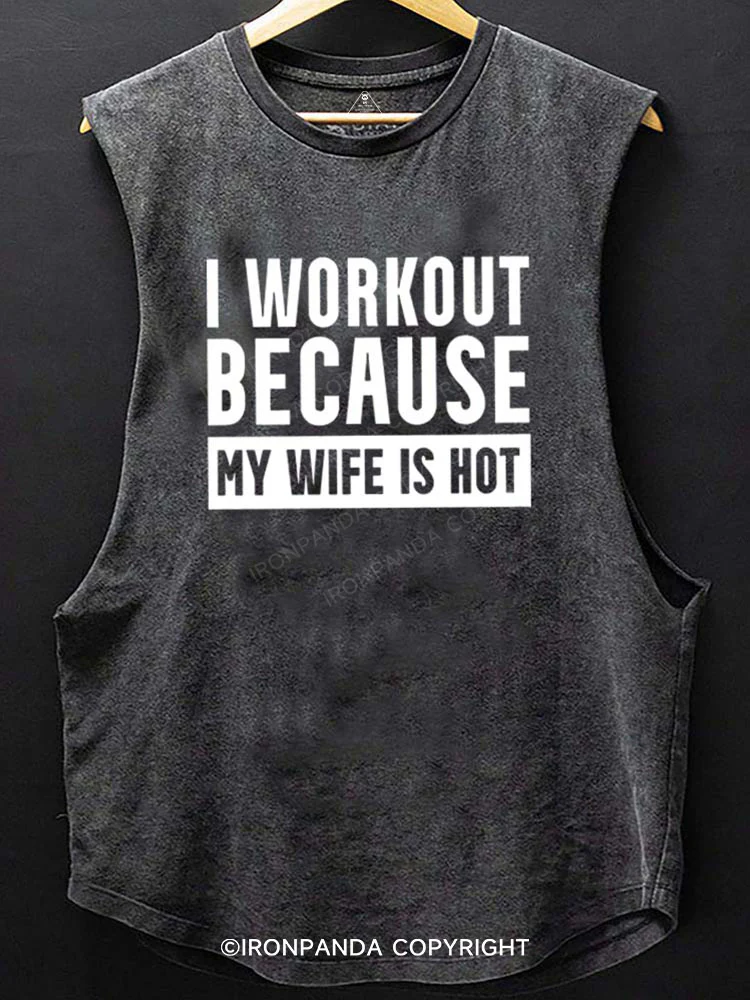Fashion has the power to transform more than just your appearance—it can lift your spirit, express your personality, and even capture a touch of magic. For those drawn to mystical energy, celestial motifs, or enchanting designs, a magic shirt is the perfect starting point. These shirts combine comfort with creativity, featuring artwork inspired by the cosmos, witchy symbols, and spiritual themes. Whether you’re wearing one for casual outings, evening walks, or simply to express your unique personality, a magic shirt becomes a statement of individuality and empowerment.
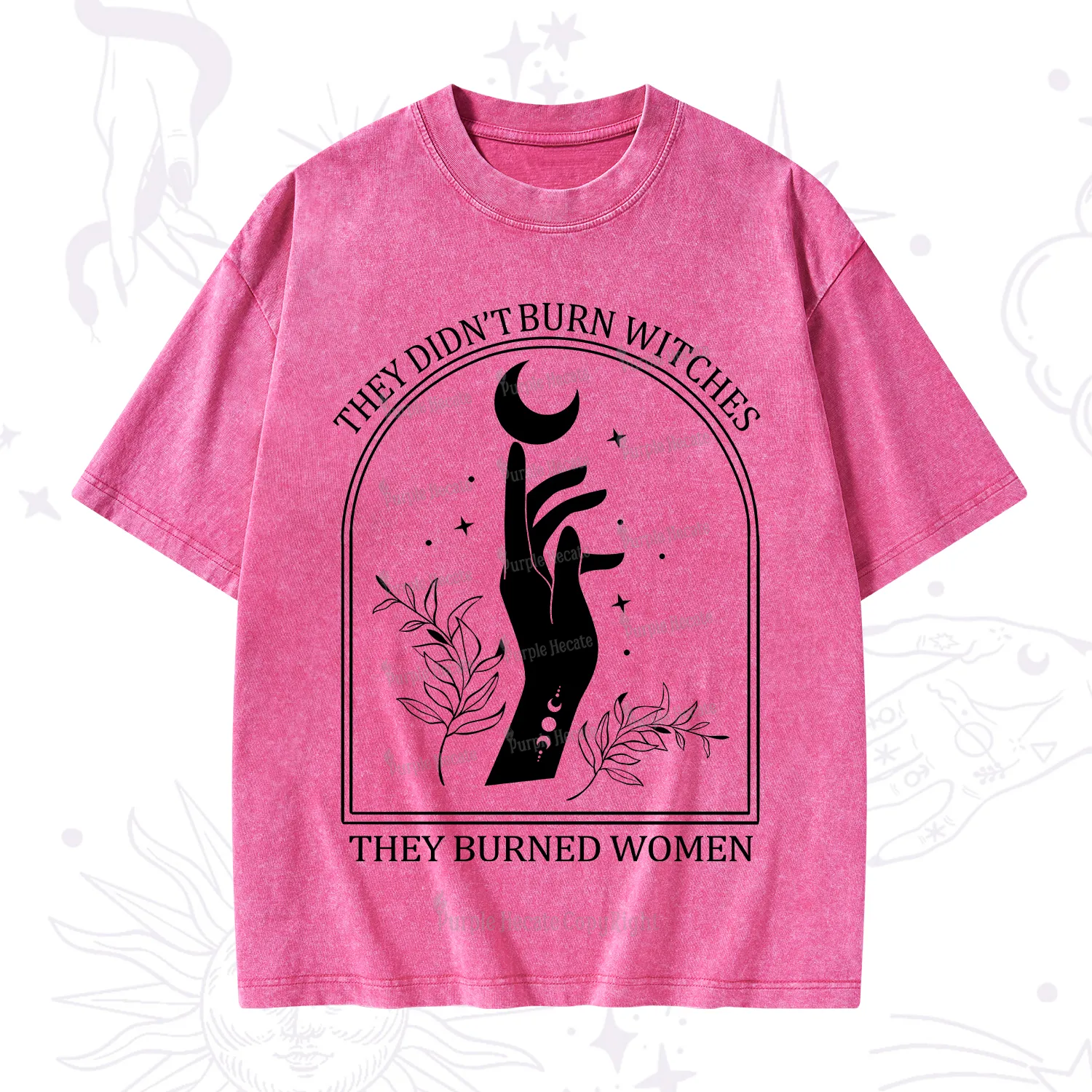
Purplehecate They Didn’t Burn Witches They Burned Women Washed T-Shirt
As the holiday season approaches, it’s time to blend festive cheer with mystical style. Mystical ugly cardigan sweaters take the traditional “ugly sweater” concept and give it an enchanting twist. Imagine sweaters adorned with moons, stars, spellbooks, and other whimsical designs that radiate a mystical charm. These cozy cardigans are perfect for holiday gatherings, movie nights by the fire, or virtual celebrations with friends and family. They allow you to celebrate the season while embracing your love for all things magical and otherworldly.
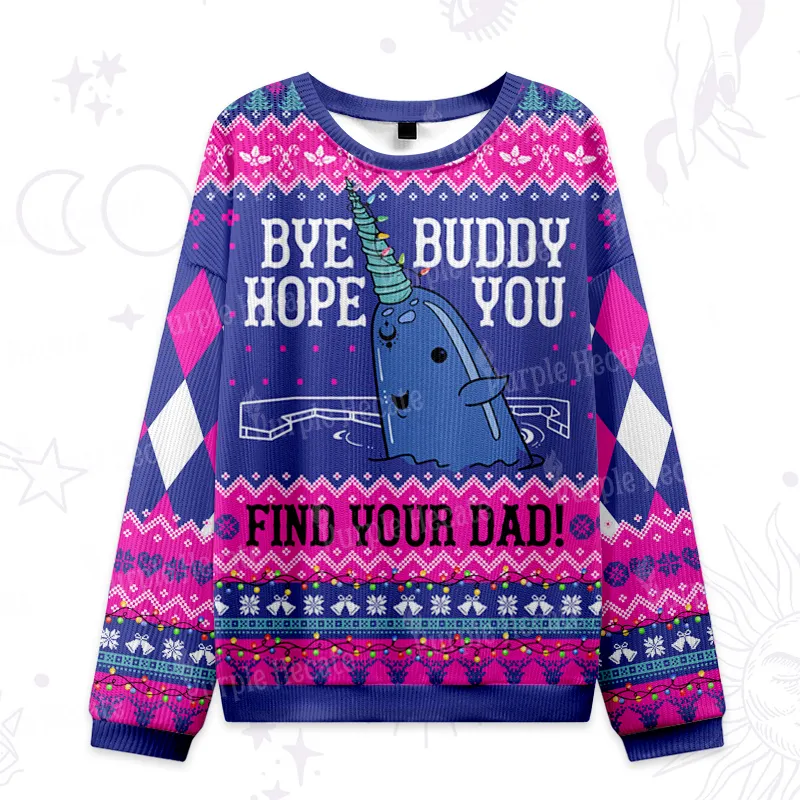
Purplehecate Good Luck Buddy Whale Ugly Christmas Sweatshirts
For those who want a bolder and more playful holiday look, magic ugly cardigan sweaters offer the perfect solution. Each piece features vibrant colors, quirky patterns, and fantastical motifs that combine comfort with festive energy. Whether it’s potion bottles, enchanted creatures, or mystical symbols integrated into the design, these cardigans are conversation starters that spread cheer and intrigue. Ideal for office parties, family gatherings, or cozy winter evenings, they make every moment a bit more magical.
If you’re looking for something lighter and more breathable, a mystical mesh jersey is a stylish alternative. These jerseys combine comfort and airflow with bold, celestial-inspired graphics. Perfect for layering or wearing on their own, they allow you to channel your mystical energy while staying comfortable throughout the day. Whether you’re attending a festival, hanging out with friends, or simply enjoying a casual day, the mystical mesh jersey lets you express your creativity and spiritual style with ease.

Purplehecate The Team Trash Mesh Jersey
No magical wardrobe is complete without the ultimate festive statement: magic ugly Christmas sweaters. These sweaters merge holiday cheer with mystical allure, featuring designs that are both fun and enchanting. From enchanted snowflakes to whimsical creatures, each sweater is crafted to bring joy and a sense of wonder to your winter wardrobe. They’re perfect for holiday photo ops, gift exchanges, or cozy nights sipping cocoa, and they remind everyone that the magic of the season is best enjoyed in style.
Mystical and magical fashion is more than just clothing—it’s a way to embody your personality, share your energy, and celebrate the holidays with flair. Whether you choose a mystical cardigan, a breathable mesh jersey, or a cozy magic shirt, these pieces allow you to merge comfort, creativity, and enchantment in one cohesive look.
This season, let your wardrobe reflect your unique spark. Embrace mystical designs, magical motifs, and whimsical holiday pieces that inspire joy and wonder. From casual everyday wear to festive holiday gatherings, each piece becomes more than clothing—it’s a statement of individuality, style, and the magic that lives within you.
